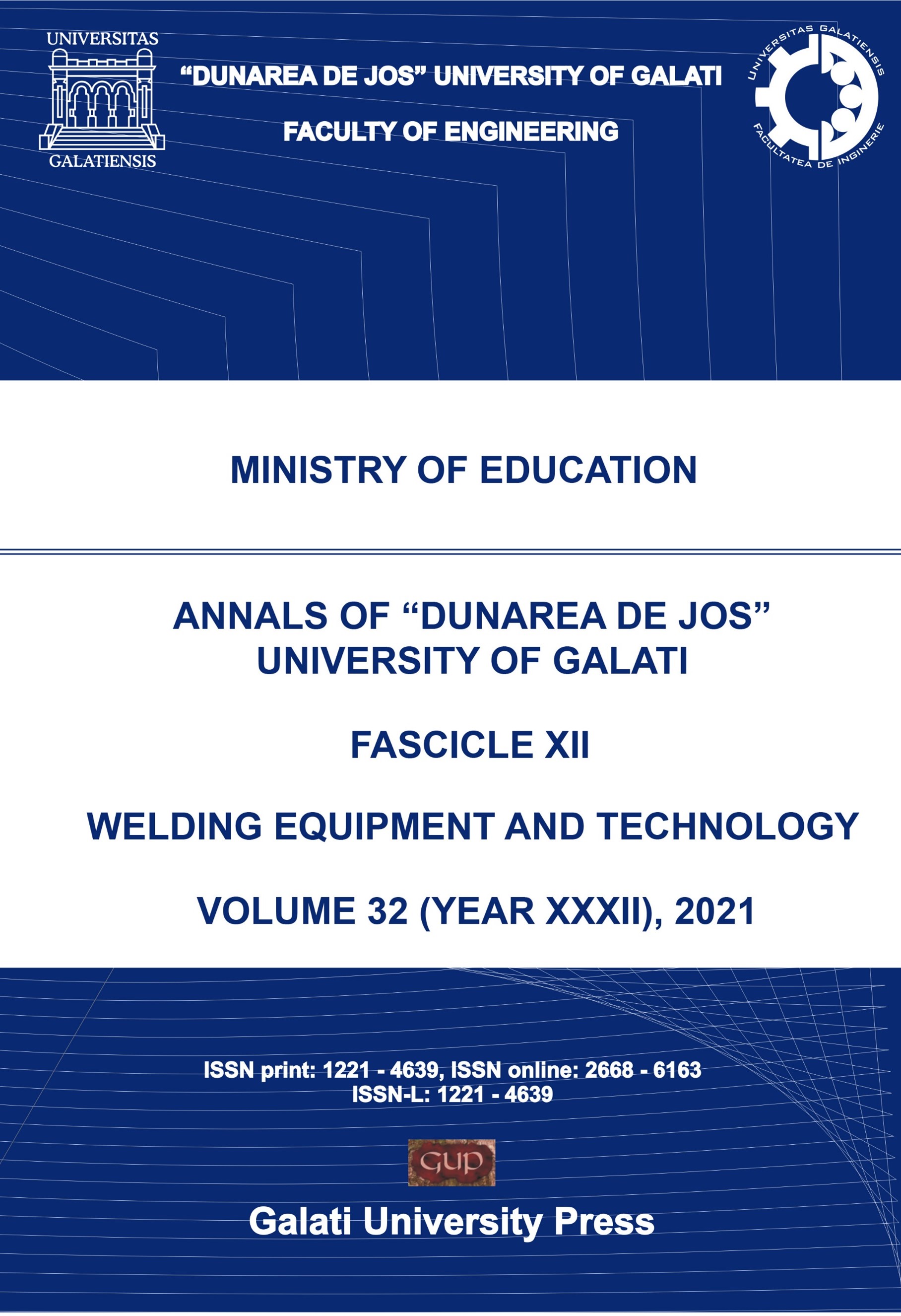Comparative Study Between Solid State Welding and Radiant Energy Welding Processes for Joining Metallic Glassy Ribbons
Abstract
Amorphous alloys have emerged as an important class of advanced materials that own a combination of properties, such as mechanical strength, hardness, high elasticity modulus and a very good corrosion resistance. Since the number of amorphous structures alloys increased in the last decades, ways of joining such materials were studied in order to produce complex structures or increase their size. Thus, if this kind of complex products are obtained, it will diversify their applicability in multiple and various domains. For this research two ways of joining amorphous ribbons has been studied: solid state welding and radiant energy welding. For the radiant energy welding process, it was selected electron beam welding (EBW) method and for the solid-state welding process, ultrasonic welding (UW) method was chosen. Seeing that these methods have found applicability in industries, a comparative study was done in order to see which one offers the best outcome. Recently, in the last years, such products were embedded in a polymer matrix, creating thus, composite materials that have improved mechanical properties. This raised curiosity for major industries, such as aero-space, medical and automotive. Amorphous ribbons from Ni-Fe-Cr-Si-B and Al-Ni-Nd-Co alloy families were welded by EBW method, and Cu-Zr-Al amorphous ribbons were welded by the UW method. Microstructure characterization has been performed by SEM, EDX, XRD and DSC analyses.
Downloads
Papers accepted for publication become the copyrighted property of the Annals of "Dunarea de Jos" University of Galati, Fascicle XII, Welding Equipment and Technology. No part of the publication may be reproduced or transmitted in any form, or by any means, electronic or mechanical, including photocopy, recording, or any information storage and retrieval system, except in limited quantities for the non-commercial purposes of scientific or educational advancement, without permission in writing from the Editorial Board.


